|
|
|
|
TRAINSWelcome on BoardIf you are a train lover, then you are in the right place. Stay tuned and keep an eye on all new blog posts! What's a Trainspotter?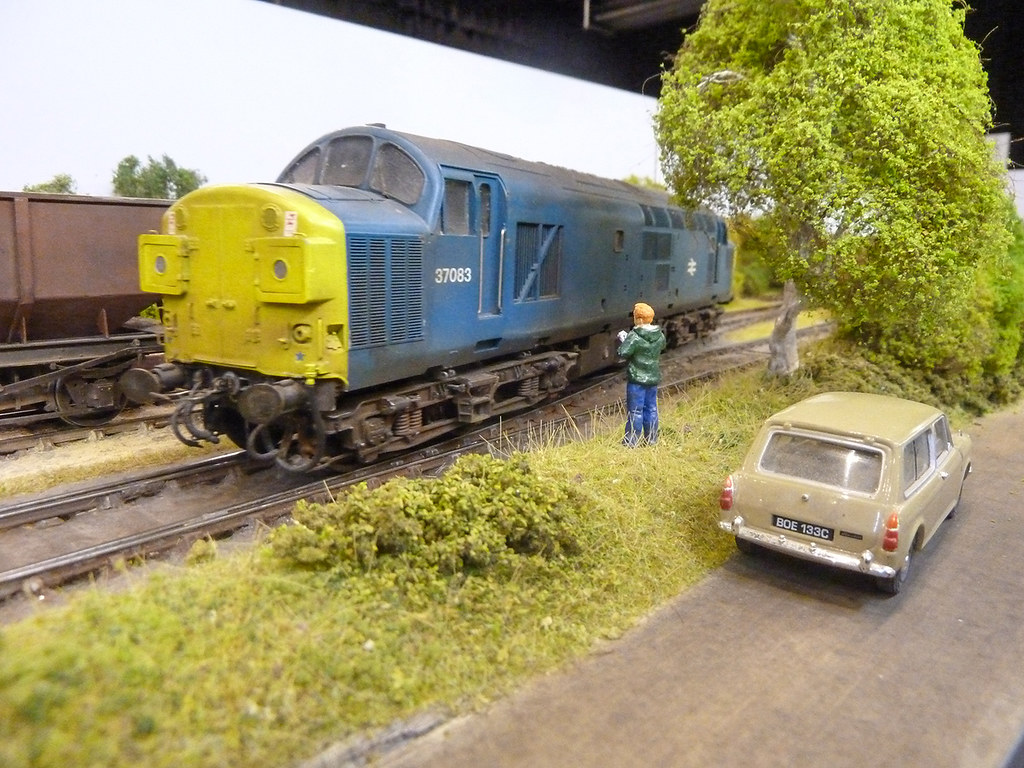 Trainspotter is a noun. It means a person who is very interested in trains and who spends a considerable amount of their time going to train stations and recording the number of trains that they see. These enthusiastic amateurs love all things related to trains. However, they might have a particular interest in a certain type of locomotive, a particular style of carriage, or what's called the rolling stock of a specific company. They may also be interested in the trains belonging to a certain place, time, or era; alternatively, they might have a special interest in railroad communications or an associated aspect of the railroads. What's certain is that you yourself can easily spot trainspotters! They can be found at most major railway stations in the USA and abroad. In the USA, we are more likely to call trainspotters railfans. The term trainspotter originated with the locomotive itself in the United Kingdom, but we still use it here, although the term has slightly more negative associations than the phrase railfan. What remains true is that these lovers of locomotives possess an incredibly in-depth understanding of trains and railways. Unsure what a center pivot liner is? A true trainspotter or railfan will surely know, and they will understand the requisite components required for that particular system as well, from bearings and bolts through to bushings, which need these days to have a high shock load capacity, low friction and fantastic wear resistance in order for that train to get from A to B. Bushings allow trains to move quickly and quietly, although older locomotives do not possess such fine-tuned technology. Those railfans who are fascinated by certainly need to have a high tolerance to noise, therefore! 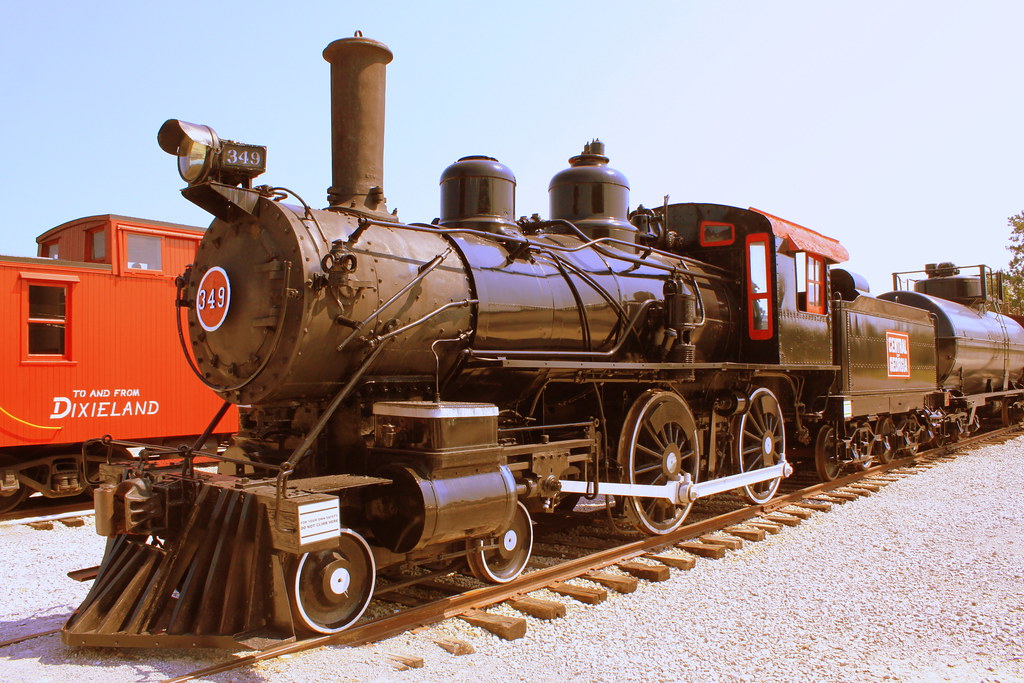 There are also some very intriguing offshoots in the trainspotter world. Bashing is a trainspotting term which means taking a vacation in order to travel by train and to watch trains. An umbrella term is line bashing which means travelling by as much of a particular railway network as possible; similar to this is track bashing, in which a person covers as much of an individual track as they can. Trainspotters may also collect railroad paraphernalia i.e. railroad artefacts such as timetables, tickets, lanterns, or train horns. They might also explore abandoned railways. Certainly, trainspotters are far more interesting than we often give them credit for. The trainspotting stereotype is of an unmarried single man who still lives with his mother—but, truly common trainspotting is a hobby which teaches history, engineering, science, and more. It’s a great hobby for anyone!
Green transport: the hydrogen trains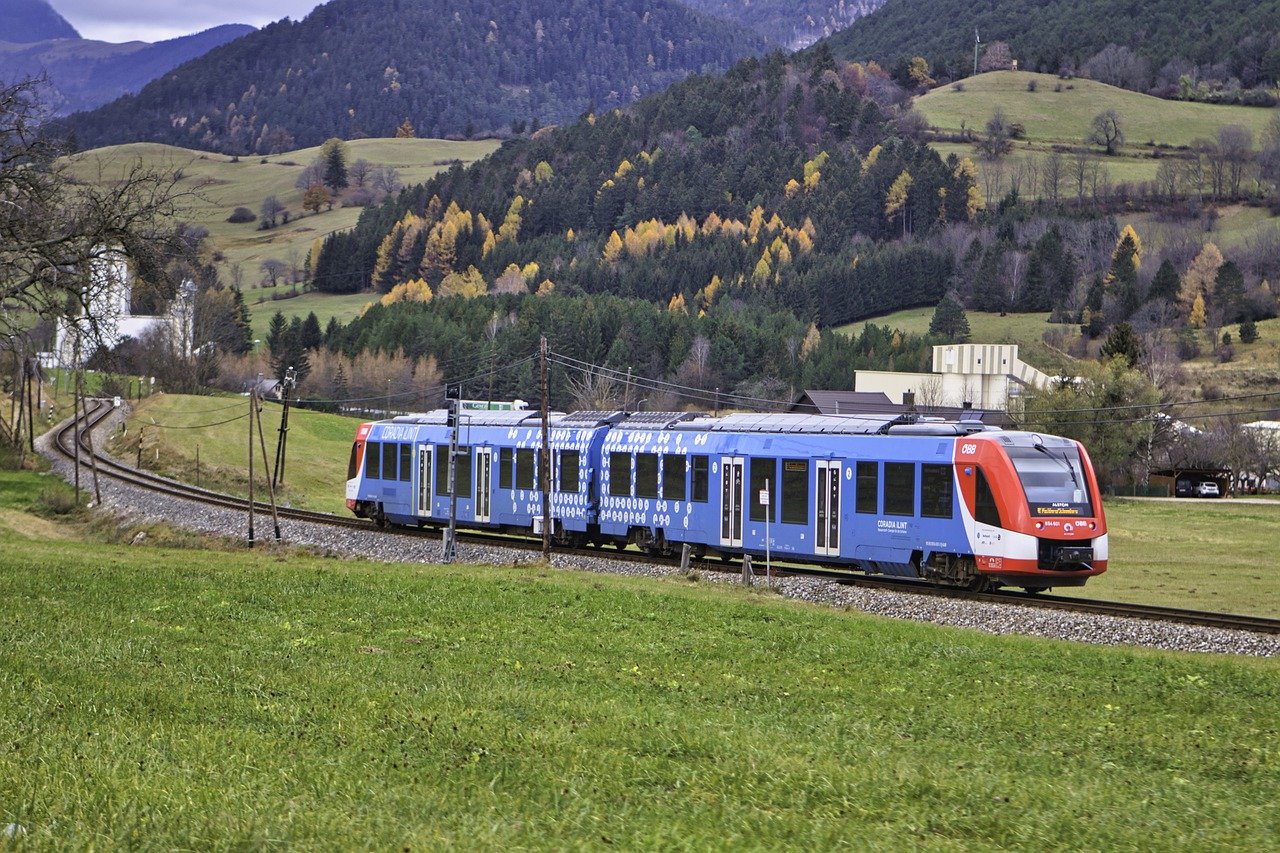 In order to tackle the ongoing climate crisis, innovative solutions are needed to make transportation more environmentally friendly. Alternative power trains and fuels play an important role in this. This is not just about vehicles on the road, but also on rail and water. Until now, trains have either run on electricity via an overhead line or produced environmentally harmful exhaust gases by burning diesel. Is hydrogen the solution? It's emission-free, sustainable and versatile, and yet it hasn't been widely used yet. Hydrogen trains are still rare, but that could change in the future. Hydrogen propulsion in trainsThis form of propulsion can also be used in trains. Alstom, a French rail technology manufacturer, is one of the companies that stands out in the development of rail vehicles powered by fuel cells and made it possible for the Coradia iLint, the world's first hydrogen-based passenger train, to begin operation. It has been in service on the Elbe-Weser network since 2016, blowing only water vapor into the air instead of clouds of emissions. The iLint followed just two years later, entering passenger service in Germany in 2018. Deutsche Bahn will not be able to completely dispense with coal and nuclear power in the near future, but in the medium and long term the proportion of green electricity is to increase to 70 percent by 2030. Together with Siemens, Deutsche Bahn therefore plans to test hydrogen trains and refueling stations with a view to having new trains in trial operation in 2024.
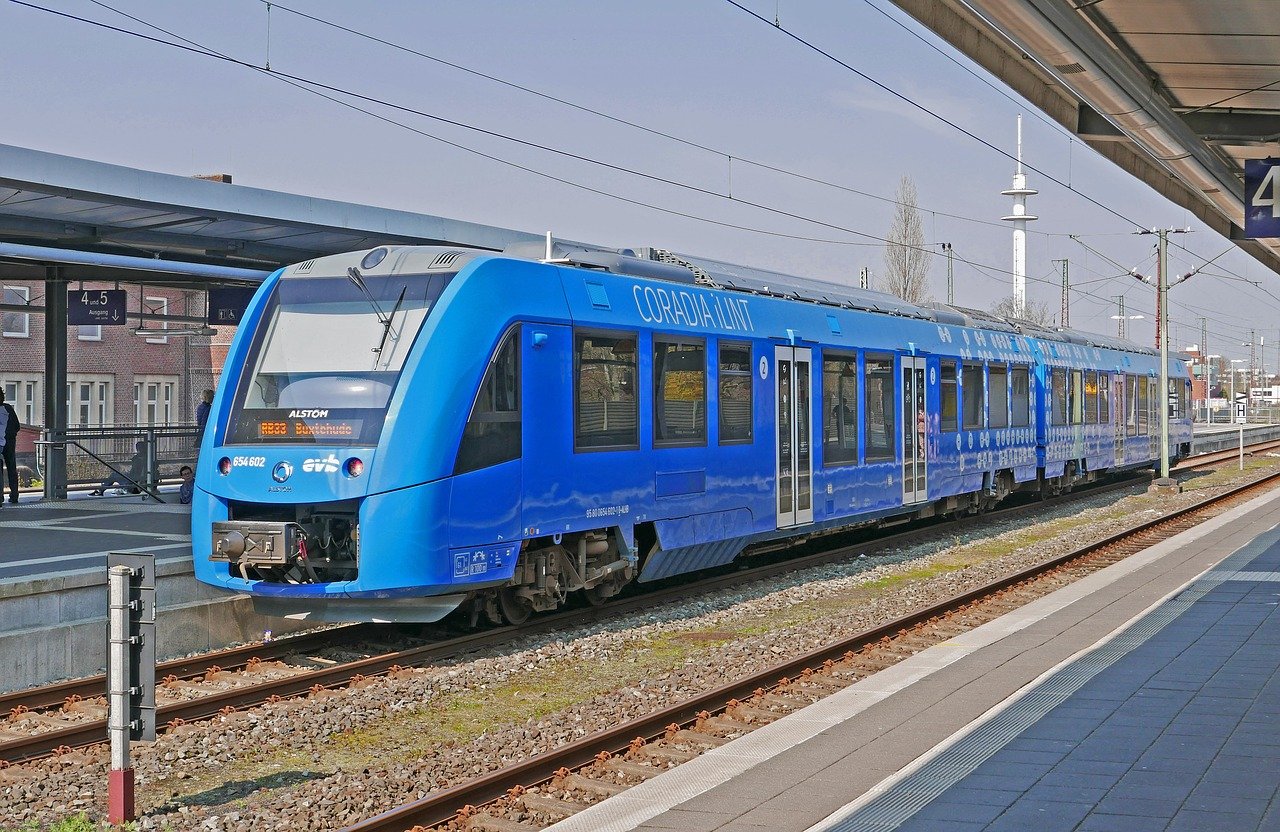
Travelling by train, what you need to know Advantages of traveling by trainRail transport is more suitable for national and border destinations. It is estimated that for a journey of less than 500 km the train is preferable. The train generally operates from stations in the city center, which makes it easier to travel from one city to another, with numerous frequencies during the day depending on the route. On short trips, the train is less time consuming than the plane. You don't lose time between boarding, disembarking and transferring from an out-of-town airport to the city. In terms of comfort, the train (even in 2nd class) is equipped with seats that will offer you more comfort than an economy class plane seat. The only way to enjoy a certain level of comfort on the plane is to travel in business class and, therefore, to pay more. In terms of carbon footprint, the train wins the battle with the plane. Traveling on the rail network pollutes 10 to 20 times less than the air network, especially where most of the electrical energy comes from nuclear and renewable energies. These two energy sources do not produce CO2.
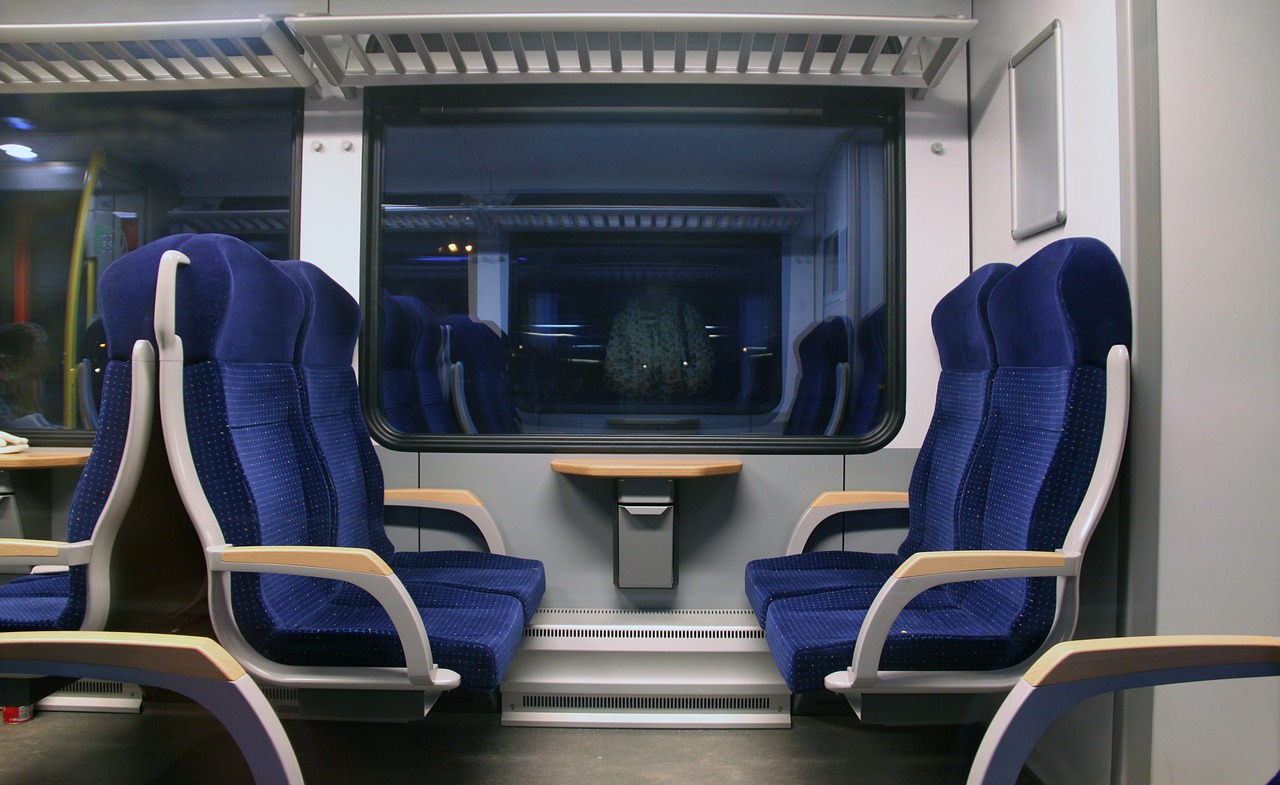 India by Rail: The Golden Triangle India is home to one of the largest railway networks in the world. Travelling by train, here, is a unique experience, with some amazing, old-fashioned trains still serving - even if the engines are new, of course. In fact, India has also manufactured its own railway bearings and other elements, in the past, and its railway history is fascinating.
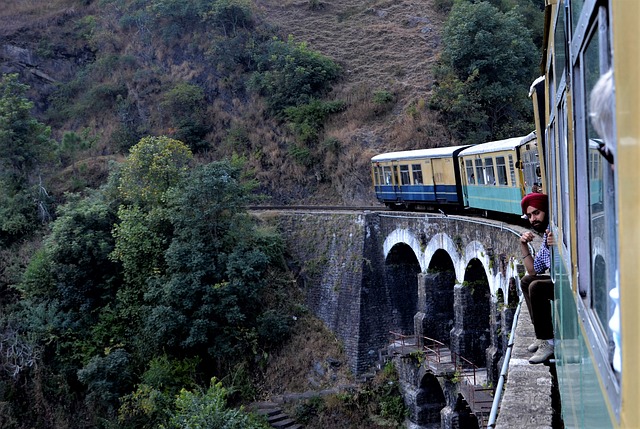 In any case, the ultimate way to see this grand country is undoubtedly via the railway system that traverses the world famous Golden Triangle. This is a triangle-shaped route stretching between New Delhi, across Rajasthan to Jaipur, and on again, then, to Agra, where the beautiful, ivory-white Taj Mahal stands. Mountains, magnificent deserts, and jungles lie all around you on this incredible route, and it is considered the best way of enjoying all of India’s diverse terrains in an easy and interesting way. |